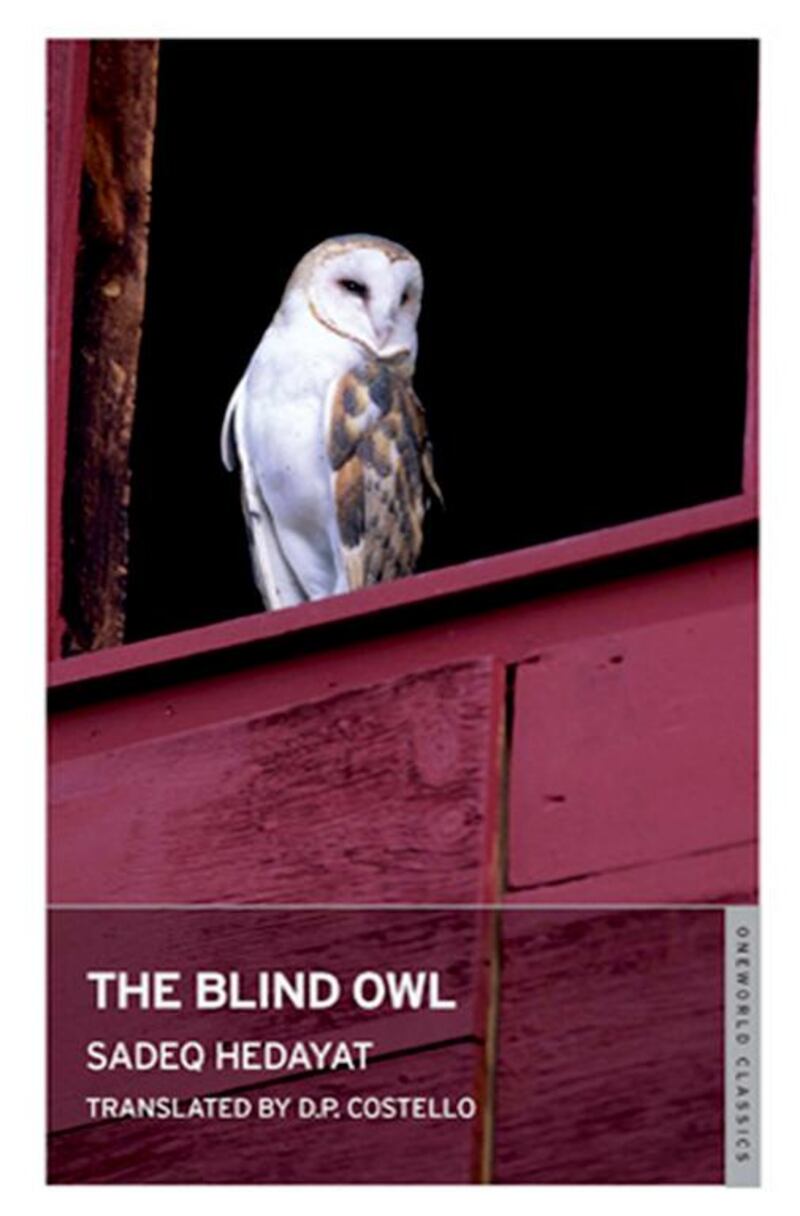Iran’s culture minister has announced that the country is set to relax book censorship. Ali Jannati said that “books subject to censorship or denied permission to be published will be reviewed again”.
The move is part of a wider opening up in Iran under the new president Hassan Rouhani, who made headlines last month when he spoke to the US president by telephone.
The news on books has prompted excitement in Tehran – a city where many streets are named after canonical Iranian writers and poets – and booksellers hope they will soon be able to stock a wider range of titles. They will include western authors, but also some classics of contemporary Iranian literature. So, which Iranian greats can we expect the intelligentsia of Tehran to be reading in the forthcoming months?
• Sitting at the fountainhead of contemporary Iranian literature is a single masterpiece: The Blind Owl (Alma Classics, Dh59) by Sadegh Hedayat. Published in 1937, this novel ostensibly tells the story of a pen case painter and his tragic love affair; but its darkly symbolic subtext is a commentary on life in Iran under the shah's oppressive dictatorship. Really, though, The Blind Owl, which has seen Hedayat compared to Kafka, functions as a broader investigation of oppression and alienation – and perhaps that's why Iran's Islamic government has seen fit to ban it.
• Next, Tehran's voracious readers may turn to The Prince (Vintage, Dh53) by Hushang Golshiri. Written in the 1960s, while the shah's programme of modernisation, and what some called "westoxification", swept the country. The Prince tells the story of an old-style Iranian aristocrat as he dies from tuberculosis, and is acclaimed as a masterful depiction of the fading of the old Persian aristocracy and, with them, something of ancient Iran.
• Last, there is Women Without Men (The Feminist Press, Dh71) by Shahrnush Parsipur. This allegory of life in modern Iran tells the story of five women who escape urban Tehran for a female-only utopia outside the city walls. Published in 1989, the novel was quickly banned for its frank depictions of female sexuality and empowerment. Almost 25 years later, it seems Iranian readers may be able to turn its pages once again.
Follow us @LifeNationalUAE
Follow us on Facebook for discussions, entertainment, reviews, wellness and news.






